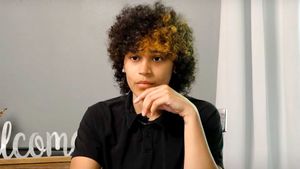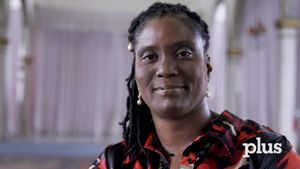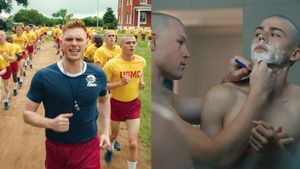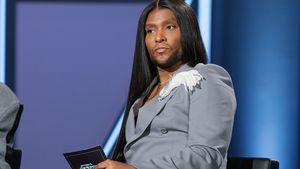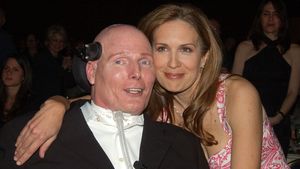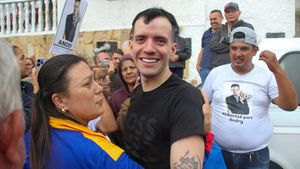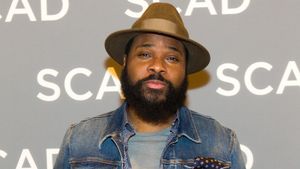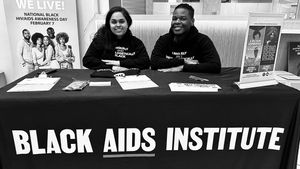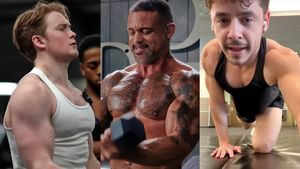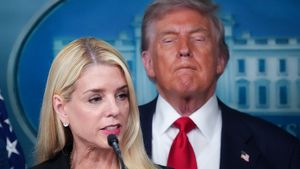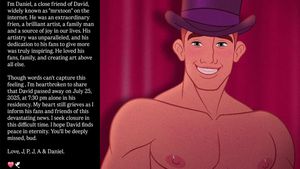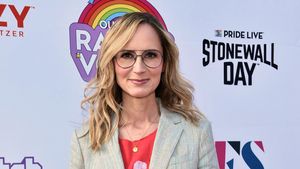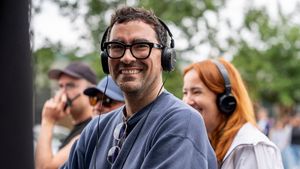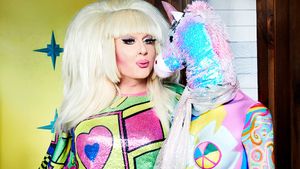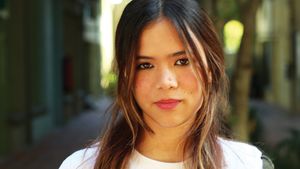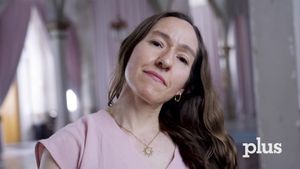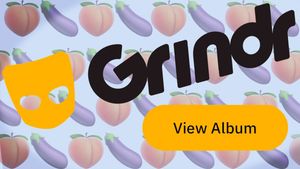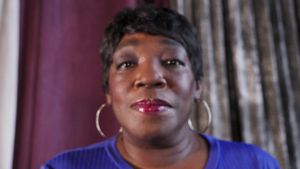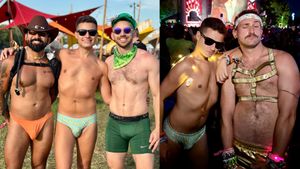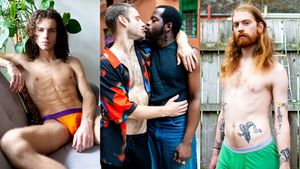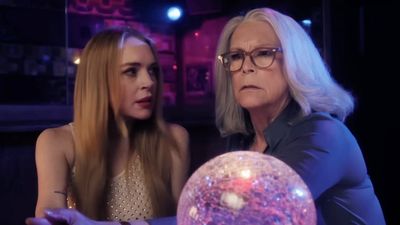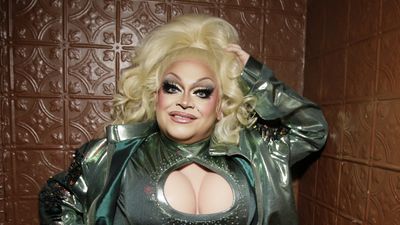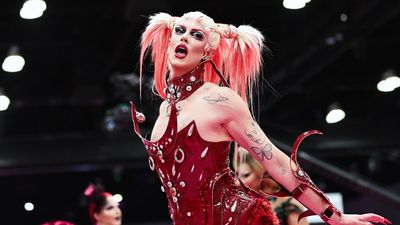More than ever, we've seen members of the LGBTQ community using YouTube as a platform for bringing visibility to queer issues and experiences. Recently popular YouTuber Alexis G. Zall turned her birthday celebration into a coming out party. So we were excited to see YouTubers Michael Rizzi and Alayna Fender get real in a recent collab video where they talked the similarities — and differences — between their coming out experiences.
Alayna identifies as bisexual, while Michael identifies as gay. Introducing the video, Michael explained, “We thought we could compare our coming out experiences. What coming out was like for her, and what coming out was like for me.”
Both shared the feelings they had growing up and just sort of assuming everyone felt how they felt — and then realizing they were wrong.
“It was extra confusing for me,” Alayna said, sharing her perspective as a bisexual person. “Because I thought you were gay, or straight.”
Alayna then recalled coming out to her parents, saying, “My parents were great. The one thing that sticks out in regards to the fact that I specifically came out as bisexual was one of the things my mom said, where she said ‘Okay but you know Alayna, like you know that if you’re with a girl, now you’re cheating on [your boyfriend].’”
Michael shared his own experience. “My parents were concerned more what people would think. Like, how are people going to treat you are you going to get discrimination for jobs,” he said.
When asked if she’s had negative experiences telling people she’s bisexual, Alayna said, “I hate this, I hate this, but in the lesbian community, when say you’re bi, it’s like red flags. When I was still self conscious, I would just tell everyone I was gay. People think you’re just doing for it for attention.”
Michael encouraged her to share more about what it means to Alayna to be a bi woman. He asked, “How would you describe your bisexuality?”
Alayna responded easily. “I really don’t like when people are like, okay, what’s your percentage?” She continued onward, explaining, “When you ask a bisexual person what percentage for men, and what percentage for women, for one thing, you’re leaving out non-binary people, but you’re making it sound like when I’m with one partner they’re only getting 50% of you, which is not the case at all.”
Bi, straight, in between, or something else entirely, we’re all valid, and we’re happy to see these influential YouTubers further illustrating this important point.




